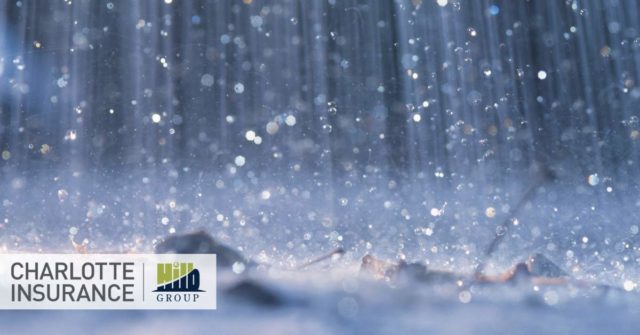Water is essential for life to exist, but it also has powerful destructive potential when not properly managed. As unwanted water makes its way into your home, it can lead to safety concerns, negatively impact the comfort and functionality of your living spaces, and ruin the aesthetics of your property. As a result, the best way to prevent moisture from damaging your house is to build with water-resistant materials. The following breakdown looks at some of the elite materials in this regard and how they can prevent moisture from damaging your house.
Upgrade the Roof
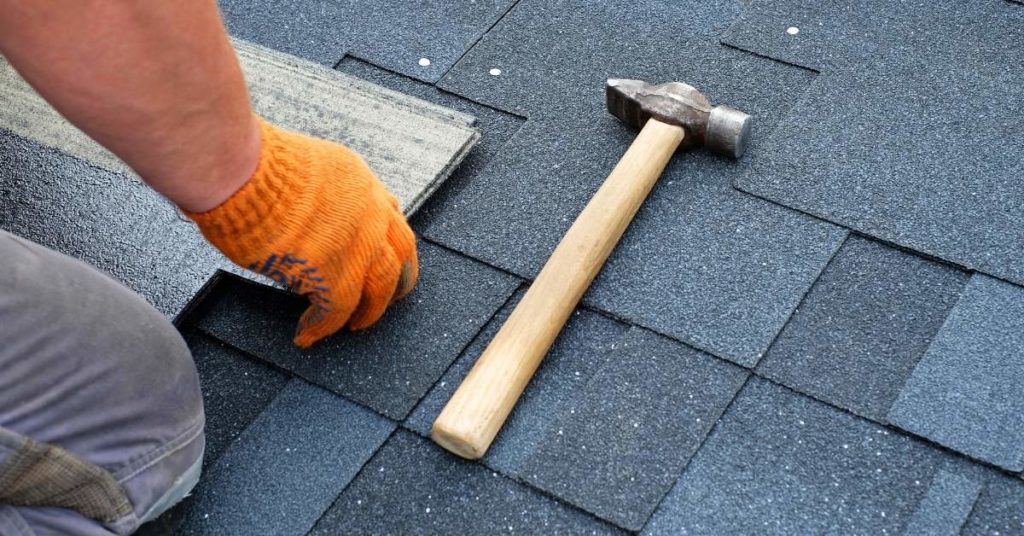
There isn’t a more obvious place for water to enter your home than via a leaking roof, making quality roofing an essential component in preventing moisture damage. Common roofing products, such as asphalt shingles and wood shakes, provide reasonable protection against rain, snow, and hail when new. However, these products can begin to crack, blister, and/or raise in as little as 10 years, creating an insidious network through which moisture can infiltrate your home.
More durable, long-lasting products, such as slate or metal, often come with a prohibitive price tag. For example, it can cost a whopping $16 per square foot to have a slate roof installed.
To find the perfect balance between cost and durability, it is worthwhile to consider the benefits of synthetic roofing solutions. There are countless colors, designs, and styles, such as composite asphalt, wood, and slate roof shingles, that are nearly indistinguishable from their traditional counterparts. However, composite roofing comes with a 50-year limited warranty and comes with an industry-leading impact rating, providing the confidence homeowners need for sealing their roof against moisture damage.
Modernize the Siding
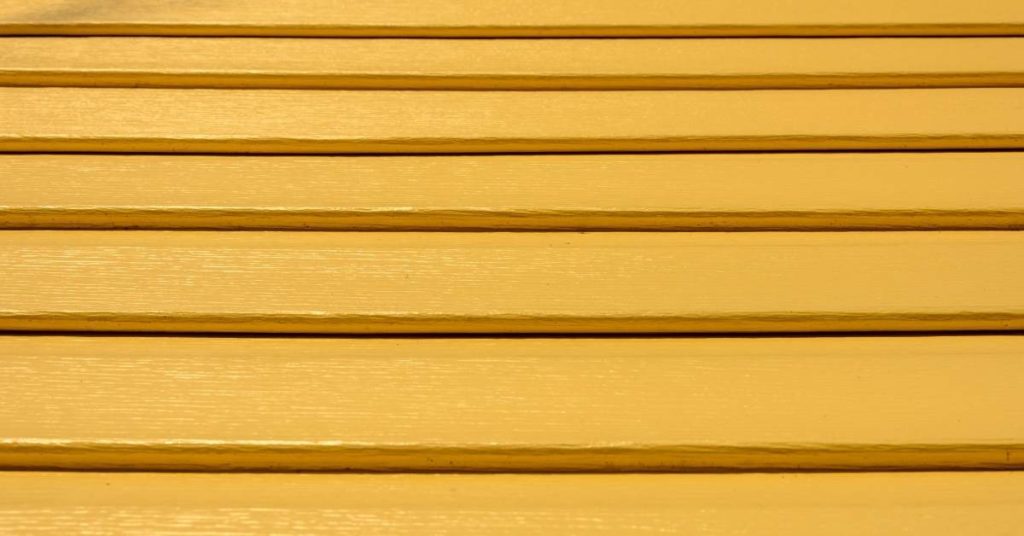
Like roofing, quality siding is another necessary component in sealing the building envelope from moisture damage. Also like roofing, traditionally popular materials may not be the best choice.
Wood planks offer a natural, rustic appearance when new. However, they must be regularly painted, oiled, or otherwise treated (typically at least every other year) in order for them to maintain their appearance and insulative properties. If left untreated, wood planks will readily absorb moisture that will compromise the integrity of the home and ruin its aesthetics.
Brick is another popular material that is often thought of as an indestructible siding choice. While brick does have the potential to withstand the elements, it is also highly porous, making it likely that brick will crack during any freezing and thawing.
Therefore, it is worthwhile to consider some more innovative house siding options. One particularly strong idea is fiber cement, which is made from a mixture of sand, silica, cellulose fiber, and Portland cement to provide elite impact resistance and prevent moisture damage with little maintenance required on the part of the homeowner.
Replace the Windows
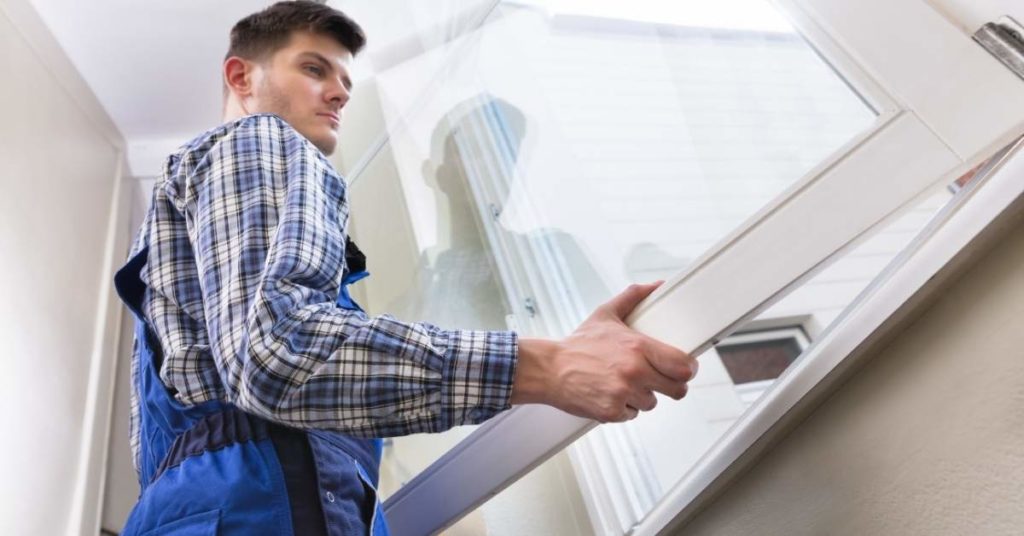
As windows age, the frames tend to rot and the seals begin to crack. In fact, many older homes likely have dark splotches around their old wooden window frames where moisture has entered and caused a mold buildup.
To prevent moisture from entering via degraded window frames, vinyl windows make a particularly strong choice. Fabricated in a number of attractive designs to mimic the appearance of natural wood frames, vinyl windows are completely resistant to inclement weather and maintain their appearance with little effort required by the homeowner.
Install Nonporous Countertops and Flooring
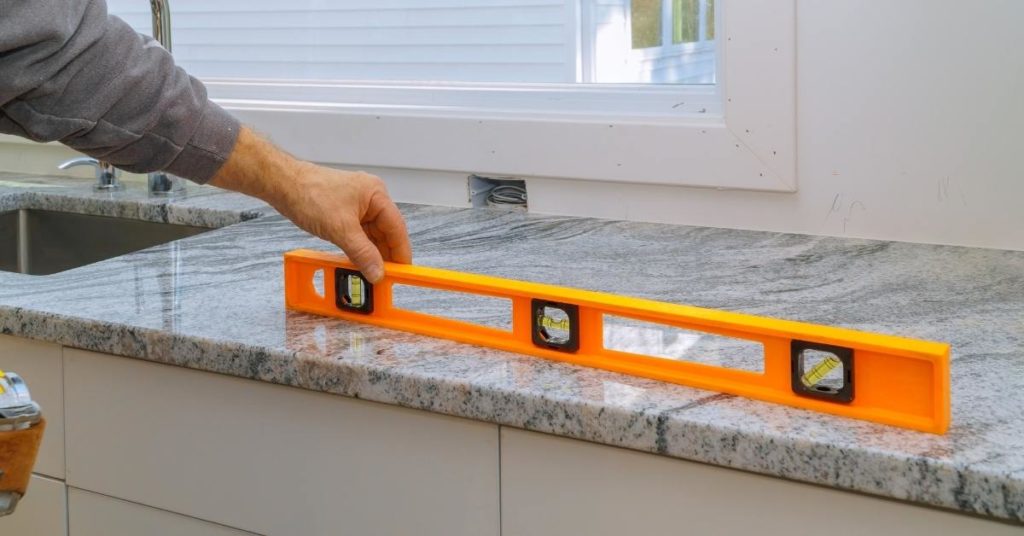
Sometimes, moisture damage does not occur as a result of Mother Nature, with the ways we use water in our day-to-day lives a threat to also undermine our homes. Whether it be spills in the kitchen or drips in the bathroom, water damage can be a normal part of the wear-and-tear process in the home.
As a result, it is critical to install nonporous countertop and flooring options in the kitchen and bathroom. Solid surface and quartz are a couple of trendy countertop materials that are completely nonporous, while luxury vinyl tile makes for a more affordable, nonporous flooring alternative to porcelain tile.
Don’t Neglect the Exterior
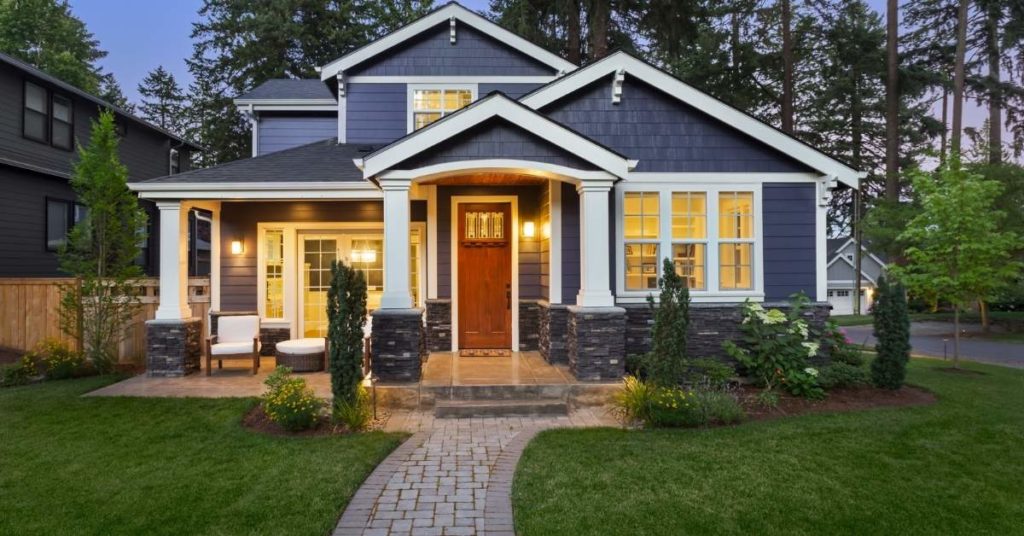
When people think of moisture damage to the home, they often think about the ways in which moisture can enter the home’s interior and diminish the comfort, functionality, and safety of interior living spaces. While this is definitely a concern, homeowners should not forget about the ways in which moisture can damage the exterior of the home.
On top of the obvious landscaping rule of making sure that your lawns slope slightly away from your house to prevent stormwater from flowing toward the home and compromising the foundation, moisture control in the home’s exterior is essential for maximizing the curb appeal and functionality of outdoor spaces. Some ways to accomplish this include:
- Replacing your concrete driveway with a permeable gravel driveway that will not crack due to moisture absorption
- Installing a new pool deck drain that utilizes an understated slot drain to keep your pool area free of standing water
- Erecting pergolas with louvered roofs to help protect grills, patios, and outdoor kitchens from precipitation
Choose the Best Moisture Preventing Materials
In order to prevent moisture from damaging your house, it is critical to choose water-resistant materials when building and renovating. To this effect, composite roofing, fiber cement siding, vinyl windows, quartz countertops, luxury vinyl tile flooring, and exterior slot drains are a few of the most innovative products on the market that can keep moisture from damaging your house.
Roger Marx is a contributor to the Innovative Building Materials blog. He is a content writer for the construction and home improvement industries with an interest in landscaping, outdoor remodeling, and home renovation. Roger is focused on educating homeowners, contractors, and architects on innovative materials and methods of construction that increase property value and improve sustainability.

